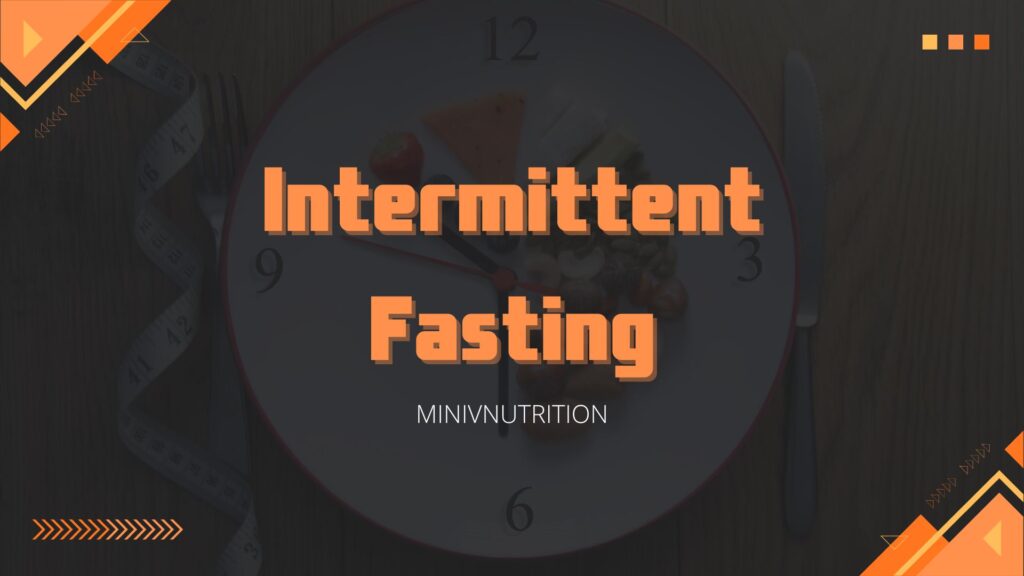Intermittent fasting (IF) is a popular dietary approach that involves cycling between periods of fasting and eating. It has gained recognition for its potential benefits, including weight loss, improved metabolic health, and simplifying meal planning.
However, to reap the rewards of intermittent fasting safely and effectively, it’s essential to understand the different methods, get started correctly, and avoid common pitfalls. In this article, we will explore the basics of intermittent fasting, various fasting methods, safety considerations, tips for success, and common mistakes to avoid.

Table of Contents
What Is Intermittent Fasting?
Intermittent fasting is not a specific diet but an eating pattern that alternates between periods of eating and fasting. During the fasting periods, you either abstain from food entirely or significantly reduce your calorie intake. The primary goal is to create windows of time when your body burns stored fat for energy.
Different Types of Intermittent Fasting
Intermittent fasting has gained popularity as an effective approach to weight management and overall health. There are several popular methods of intermittent fasting, each with its own unique approach and potential benefits. Here’s an in-depth look at various types of intermittent fasting:
1. 16/8 Method
- Fasting Schedule: This method involves fasting for 16 hours each day and restricting eating to an 8-hour window. For example, you might eat between 12:00 PM and 8:00 PM and fast from 8:00 PM to 12:00 PM the next day.
- Benefits: The 16/8 method is relatively easy to follow and aligns with the body’s natural circadian rhythms. It may help with weight loss, blood sugar control, and appetite regulation.
2. 5:2 Diet
- Fasting Schedule: In this approach, you consume a regular diet for five days a week and significantly reduce your calorie intake (around 500-600 calories) on the other two non-consecutive days.
- Benefits: The 5:2 diet provides flexibility in food choices on non-fasting days and may lead to weight loss, improved insulin sensitivity, and better metabolic health.
3. Eat-Stop-Eat
- Fasting Schedule: This method involves fasting for a full 24 hours once or twice a week. For example, you might fast from dinner one day to dinner the next day.
- Benefits: Eat-Stop-Eat offers simplicity and a break from constant calorie tracking. It may promote fat loss, autophagy (cellular repair), and improved insulin sensitivity.
4. Alternate-Day Fasting
- Fasting Schedule: On alternate days, you switch between days of regular eating and days of fasting or consuming very few calories.
- Benefits: Alternate-day fasting can lead to weight loss, reduced inflammation, and improved cardiovascular health. However, it may be challenging for some due to alternating between fasting and regular eating days.
5. The Warrior Diet
- Fasting Schedule: This diet involves eating small amounts of raw fruits and vegetables during the day and having one large meal in the evening, typically within a 4-hour eating window.
- Benefits: The Warrior Diet combines elements of fasting and calorie restriction. It may promote fat loss, improved mental clarity, and enhanced workout performance during the fasting period.

How to Get Started with Intermittent Fasting Safely
- Consult a Healthcare Professional: If you have underlying medical conditions, are pregnant, or are taking medications, it’s crucial to consult a healthcare provider before starting any fasting regimen.
- Choose the Right Method: Select an intermittent fasting method that aligns with your lifestyle, preferences, and health goals.
- Gradual Transition: If you’re new to fasting, consider gradually extending your fasting window over several weeks to allow your body to adapt.
- Stay Hydrated: Drink plenty of water during fasting periods to stay hydrated.
Tips for Success
- Eat Nutrient-Dense Foods: Focus on whole, nutrient-dense foods during eating windows to ensure you meet your nutritional needs.
- Listen to Your Body: Pay attention to hunger and fullness cues. Don’t force yourself to eat or fast if it feels uncomfortable.
- Plan Your Meals: Plan your meals in advance to avoid impulsively breaking your fast with unhealthy options.
- Stay Consistent: Consistency is key for the best results. Stick to your chosen fasting schedule.
Common Mistakes to Avoid
- Overeating During Eating Windows: Avoid consuming excessive calories or unhealthy foods during your eating periods, as this can negate the benefits of fasting.
- Ignoring Hydration: Fasting doesn’t mean you should skip water. Proper hydration is essential.
- Expecting Immediate Results: Results may take time. Don’t be discouraged if you don’t see immediate changes.

Intermittent fasting can be a safe and effective way to improve metabolic health and achieve weight loss goals when done correctly. Choose a method that suits your lifestyle, consult a healthcare professional if needed, and focus on a balanced diet during eating windows.
By following these guidelines and staying consistent, you can harness the potential benefits of intermittent fasting while minimizing potential risks.


